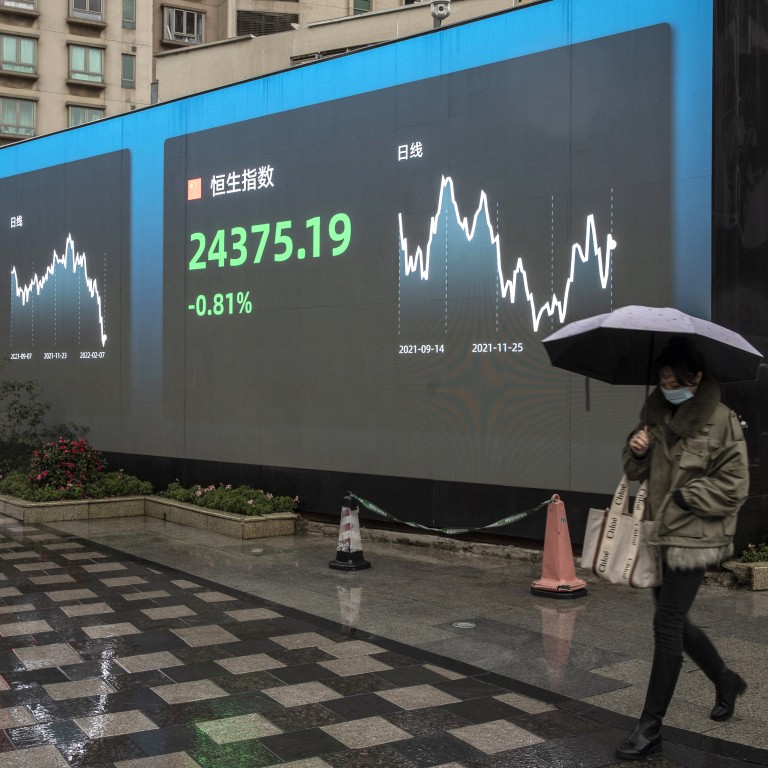
Active bond investors stand to gain amid rising inflation and interest rates
- There are real opportunities for investors in bond markets provided they pay attention to geographical divergence and maturities that offer either an opportunity for capital gains or a place to hide from losses
At a time of rising inflation and interest rates, it is easy to dismiss fixed income as an asset class, particularly since bond valuations are relatively high by long-term historical standards. However, this view neglects the wider context.
Finally, higher inflation and expectations of rising interest rates have now been largely priced in by bond markets. Bond yields have risen in recent months, meaning new investors receive more interest income for each dollar they invest. Since yields move in the opposite direction to prices, that means prices are lower and bonds are now much better value.
There are real opportunities for investors in bond markets now. During the first couple of years of the Covid-19 pandemic, the big theme was how bond markets around the world converged. Governments and central banks everywhere provided huge, coordinated levels of support to their economies. Now, the theme is divergence.
Emerging market bonds offer shelter from inflation and policy tightening
The end of QE is less of a concern for bond markets than is commonly perceived. The reduction in central bank demand for bonds comes amid much less new borrowing by governments as economies recover, so the supply of bonds is also falling and helping offset the drop in demand.
As well as geographical considerations, there are opportunities in what sort of bonds to buy. In particular, investors must think about longer-dated bonds versus those set to mature during the next five years. First, investors can protect against losses amid rising interest rates by buying shorter-dated bonds. Their prices are less volatile because they are certain to repay their capital soon, making them less susceptible to changing market conditions.
Fed, HKMA rate actions likely to have mild impact on commercial properties
Third, though it remains true that sovereign bonds offer little income for a given level of capital and income investors might prefer higher-yielding corporate bonds, they are the right place for those wanting to minimise risk in uncertain times.
Finally, the terrible human cost of the conflict in Ukraine is changing the fiscal outlook for governments. For example, Germany has ramped up its defence spending, committing €100 billion (US$108.1 billion) of its 2022 budget to its armed forces.
The question of energy security will have to be answered with significant investment. These fiscal pressures will confront all governments to varying degrees in the years ahead, and another round of QE might be necessary.
This is a dangerous time to be a passive investor. The theme of divergence is a cue for more volatile markets. This is a time to be selective, picking the geographies and maturities that either offer opportunity for capital gains or a place to hide from losses.
Simply holding the index cannot offer these advantages. The bond markets are large, deep and complex to navigate, so whether the investor is a big institution or a private individual, active funds offer a convenient, diversified access point to this asset class.
Jim Cielinski is global head of fixed income at Janus Henderson Investors, where Bethany Payne is global bonds portfolio manager.



